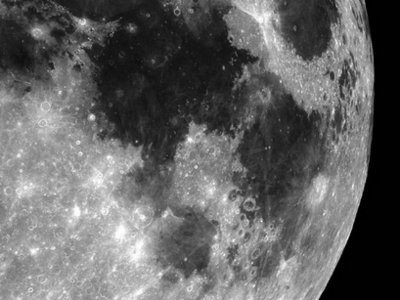Science and Health
Moon may be shrinking, but very, very slowly
(Agencies)
Updated: 2010-08-20 11:48
 |
Large Medium Small |
WASHINGTON - The moon may be shrinking but it will not be disappearing any time soon.
New research indicates cracks in the moon's crust that have formed as the interior has cooled and shrunk over the last billion years or so. That means the surface has shrunk, too, though not so anyone would notice just from gazing at it.
|
 A satellite image shows the moon in 1999. The Man in the Moon has become the latest victim of contraction in the housing market. [Agencies] |
Scientists have identified 14 landforms called lobate scarps scattered over the surface of the moon, explained Thomas R. Watters of the Center for Earth and Planetary Studies at the Smithsonian's National Air and Space Museum.
Watters and colleagues describe their find in Friday's edition of the journal Science.
| ||||
The study calls the scarps "evidence of recent thrust faulting on the moon." But this is planetary science, where "recent" can mean a billion years ago.
The scarps, or cliffs, extend across some small craters, and small craters tend to be obliterated over time, Watters explained in a telephone interview. In addition, there are no large craters imposed on top of the scarps, another indication they are relatively recent, in planetary terms, he said.
"One of the really cool parts of this ... the faults are so young-looking that you can't escape the possibility that this contraction occurred recently, and could indicate that the moon is still active," Watters said.
The size of the scarps indicates a shrinkage in the size of the moon of about 100 meters (328 feet), which would not be nearly enough to be noticed with the naked eye. The moon is about one-fourth the size of the Earth in diameter.
The scarps range up to 10 meters (a little over 30 feet) high and a few kilometers long, he said. By comparison, the planet Mercury has much larger scarps indicating considerably more shrinkage over time.
The moon's not going to disappear and its shrinkage will not affect the Earth in any way, Watters stressed.



